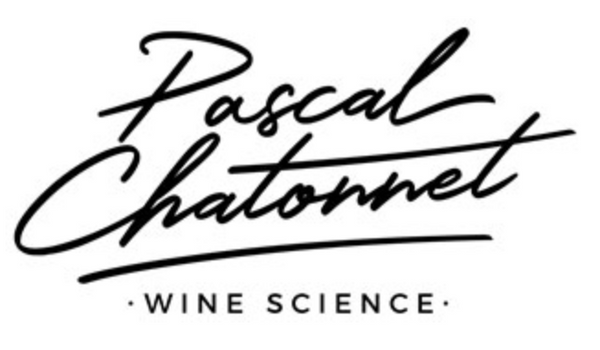- What about climate change and its medium and long-term effects on the balance of the grape varieties?
I am constantly thinking about what our vineyards will or should be like 25 or 30 years from now if the climate continues to change as has been predicted. In order to prepare, we must make decisions now: the vines we plant today will be the ones our successors will use tomorrow. Agro-Synergy is all about thinking ahead. We must avoid repeating the mistakes that followed the phylloxera invasion at the start of the 20th century and the devastating frost of 1956. These dramatic events resulted in overly rapid replanting, often with poorly selected varieties, and rootstocks that were not always adapted to the terroir, which led to the abandonment of certain ancient varieties. We are constantly studying the characteristics of one variety or another, in different situations. My experience as an international consultant has allowed me to observe a wide range of varieties in extremely different contexts and make certain assumptions and conclusions for our own benefit. Agro-Synergy is about learning from our mistakes and from the success of others.
At the moment, I am convinced that the rapid introduction of new grape varieties currently grown much further south would be a serious mistake in adapting to what we call “global warming”. Syrah from the Rhône, Tempranillo from Spain and the Portuguese Touriga Nacional are great varieties that I have used and loved for many years. However, introducing them in Bordeaux would deeply upset the profile of our wines; but above all they would not find the same ideal terroir conditions that allow them to fully express themselves: this equals a mess in the making!
The history of the Bordeaux vineyards is synonymous with constant change. Despite what many think, things are not so cut and dried in Bordeaux. White and red grape varieties have come and gone over time, and wine profiles have considerably changed over the course of the centuries. Therefore, no one can claim to have a more authentic taste or style. It all depends on where we decide to start the “story”.
In terms of future grape varieties, I place more stock in rebalancing grape varieties that were grown in the past and were even completely forgotten at one point because at the time they struggled to ripen regularly. To follow on from Malbec and Petit Verdot, which are already grown, I first think of Carmenère, a very late half-brother of Merlot (Fer x Txakoli = Gros Cabernet x Cabernet Franc (father) = Carmenère). I then think of older varieties like Tarnais, Gros Cabernet (Grosse Vidure), Manseng Noir (Mancin, cousin of Tannat) and still others (Pardotte, Saint Macaire), varieties that were widely used until phylloxera arrived and which, in general, are well-suited to climate change due to their late growth cycle.

